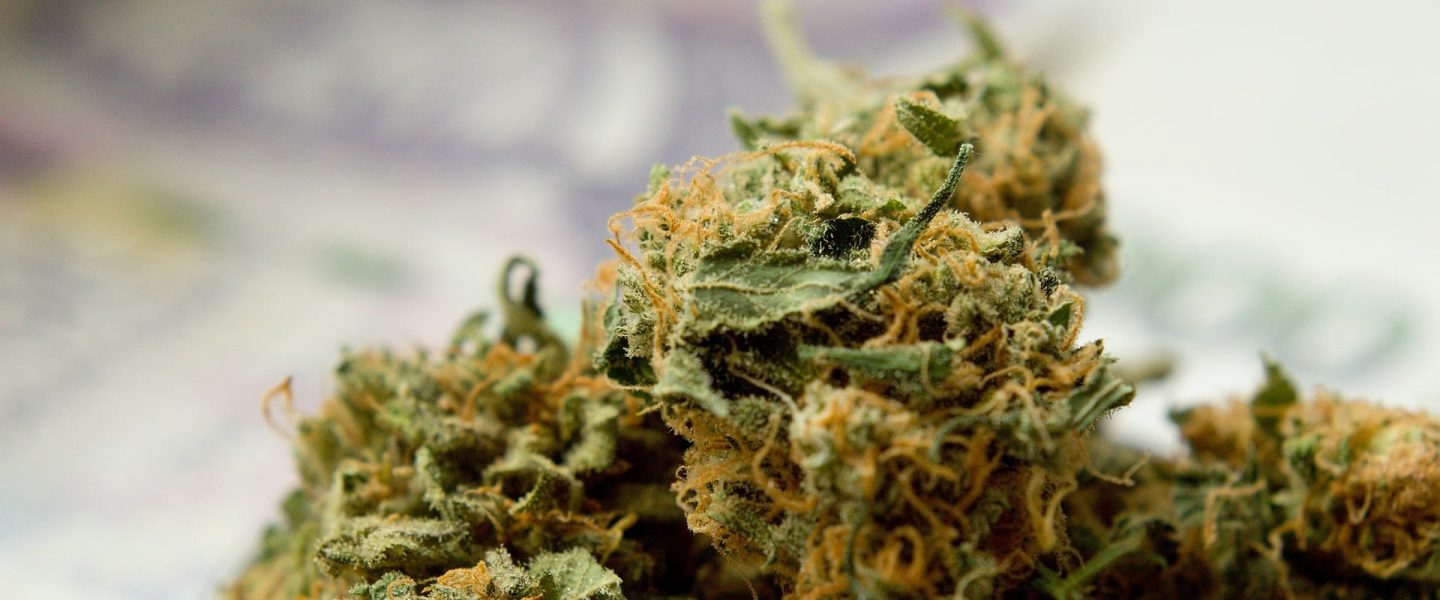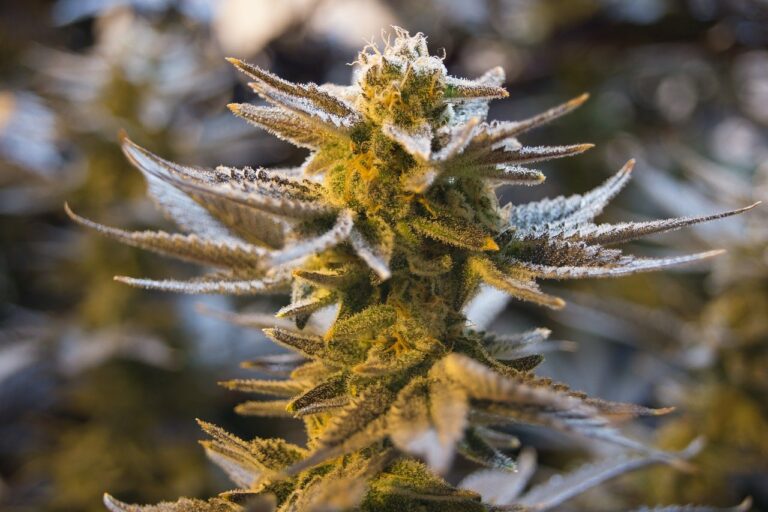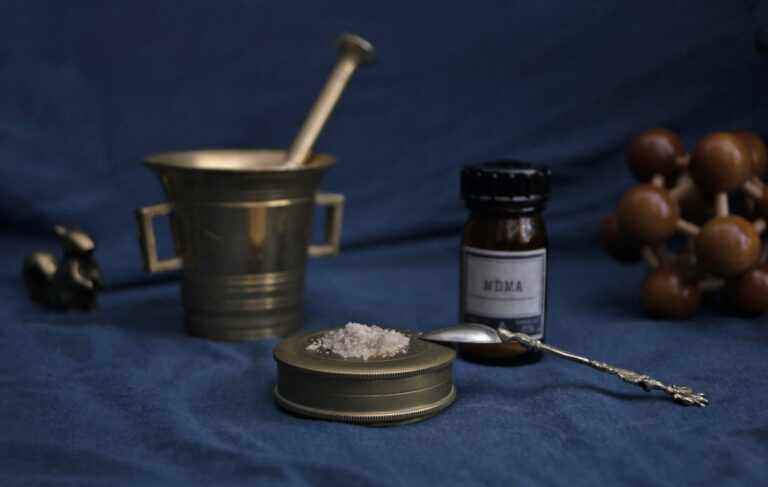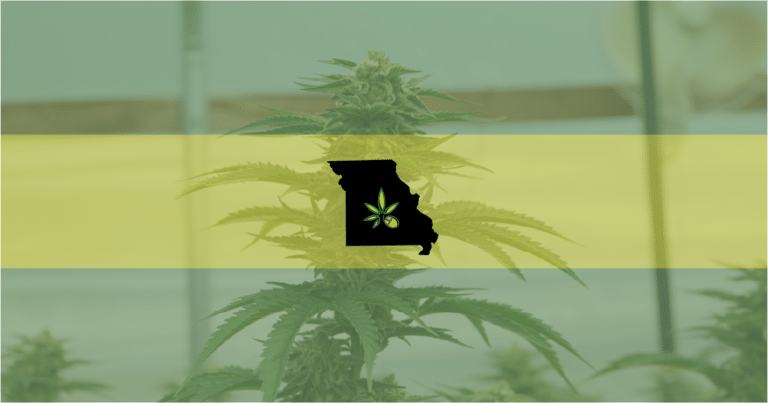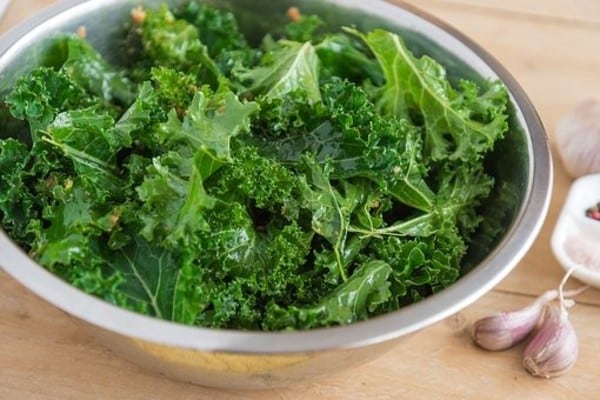
Is CBD the new kale? It just may be what the doctor – or dietitian or nurse or massage therapist or chiropractor or health coach – ordered. Just as the superfood kale dominated conversations (and consumers’ cart space) a few short years ago, cannabidiol (better known as CBD), is now rising to fame as the new buzzword among consumers and health professionals alike. According to a report released by Brightfield Group, CBD is projected to be a billion-dollar market by 2020, growing 55 percent a year. And with good reason.
A year ago, maybe less, you probably had no clue about CBD. Now, offers to buy hemp-derived CBD are popping up on your screen. A friend is selling CBD in a multi-level marketing program. You’ve met dog owners who are giving CBD treats to their pets for health issues ranging from anxiety to cancer. And, your grandmother, your co-worker, and your neighbor’s child are using CBD in various forms to deal with pain, anxiety, insomnia, skin disorders, seizures, and much more.
CBD, along with THC is one of over 100 cannabinoids found in the cannabis plant. Unlike THC, or tetrahydrocannabinol, CBD is not psychoactive. In other words, you don’t get high from it. In fact, CBD can help modulate the psychoactive impact of THC.
The question to ask is: why now?
Perhaps, what’s opened Americans’ minds to CBD has more to do with marijuana than hemp. With more than half the states legalizing medical marijuana, consumers are hearing about the health benefits of cannabis and its constituents, specifically CBD and THC, and without the high cost and side effects of pharmaceuticals. Individuals report improved skin and hair health, reduced anxiety, better sleep, lessened chronic pain – to name a few benefits of CBD.
In addition to the health benefits from cannabidiol, CBD from hemp (which is a Cannabis sativa plant) has not been tied up in the same legal quagmire as CBD derived from THC-containing cannabis plants (marijuana). Still, hemp has had its own challenges. Though once a darling crop grown in the US by the early settlers and for many years afterwards, it became illegal to grow, lumped together in a federal policy that put it in the shadow of marijuana, a schedule one federally-illegal substance.
Like all good things, hemp has come back into fashion and the voice of reason is prevailing. Currently, 14 states are growing hemp with additional states introducing industrial hemp-growing programs. In fact, the Hemp Farm Bill of 2018 was recently introduced to make hemp an agricultural commodity group and quash any debate about the legality of hemp-derived CBD products. No longer would we need to rely on hemp imports from other countries. This initiative opens a huge economic opportunity for farmers across the US.
Though marijuana legalization is marching across the country, for many people hemp-derived CBD is the preferred and accessible entry to cannabinoid medicine. The notion of cannabis as a gateway to substance abuse and addiction is losing ground. Cannabis – either hemp-derived or with THC – is now being considered a gateway to health and wellness.
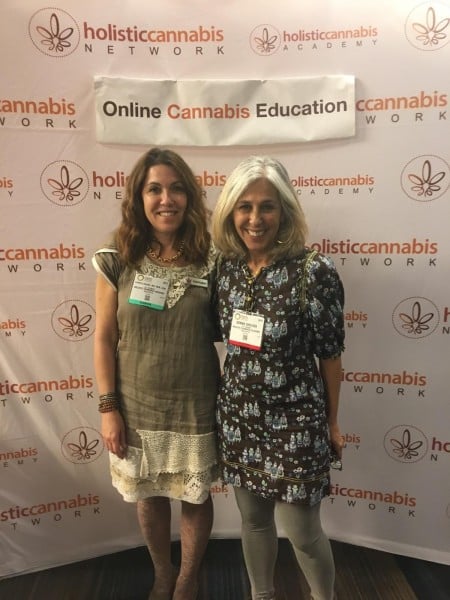
Author bio: Laura Lagano, MS, RDN, CDN is an integrative clinical nutritionist and co-founder of the Holistic Cannabis Academy, an online education program about integrating cannabis with lifestyle habits.


